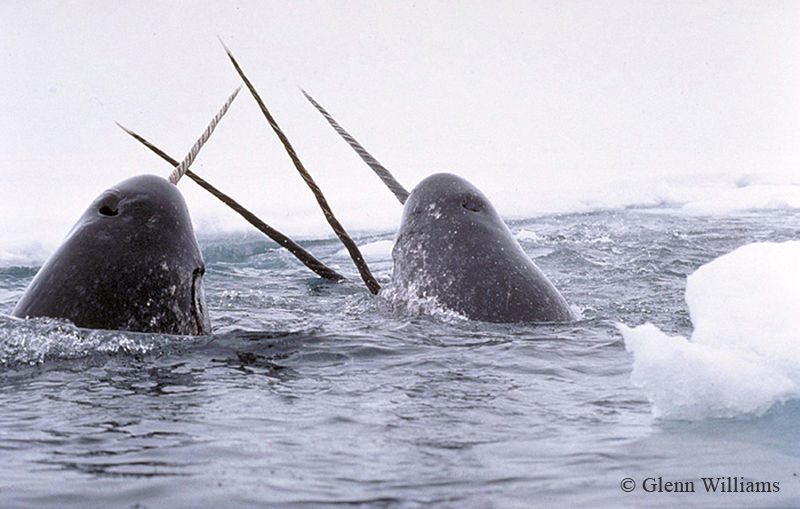

What is a marine protected area? According to the Department of Fisheries and Oceans of Canada, it is a specific geographical space managed to achieve the long-term conservation of nature. Some of the MPA’s are fully marine, while others have terrestrial components. The DFO says that there are more than 700 MPA’s in Canada that cover about 56,000 square kilometers of the country’s oceans and Great Lakes. According to Sabine Jessen, CPAWS oceans protection manager, only about 1% of Canada’s oceans are protected. 14 Canadian scientists are saying at least 30% should be fully protected with no fishing in them— they have a long way to go. But CPAWS says the definition of a marine protected area is too loose; MPA’s should be off limits to fishing, shipping and any other commercial and industrial activity.
Because of this, CPAWS is urging the federal government to create 12 new MPA’s by the end of next year to ensure the survival of species such as leatherback turtles, right whales and narwhal. These 12 sites are a diverse collection of areas; they range from the Laurentian Channel that has the largest concentration of black dogfish in Canada, to Lancaster Sound where seabirds number in the millions, to the Scott Islands that are home to one of the largest Steller sea lion rookeries in the world. The overall goal of establishing these 12 MPA’s is to protect endangered species. Jessen says, “While you might have an initial impact in the fishing industry, in the long term we are actually ensuring much healthier ocean ecosystems, not just in the marine protected areas.” Taking any area out of the reach of commercial fishing fleets will have some economic effect, but president of the Canadian Shipowners Association, Bruce Bowie, recognizes that there are fragile areas and that the industry has implemented voluntary procedures to minimize the impact of shipping in those regions. Read the full article by Gloria Galloway.